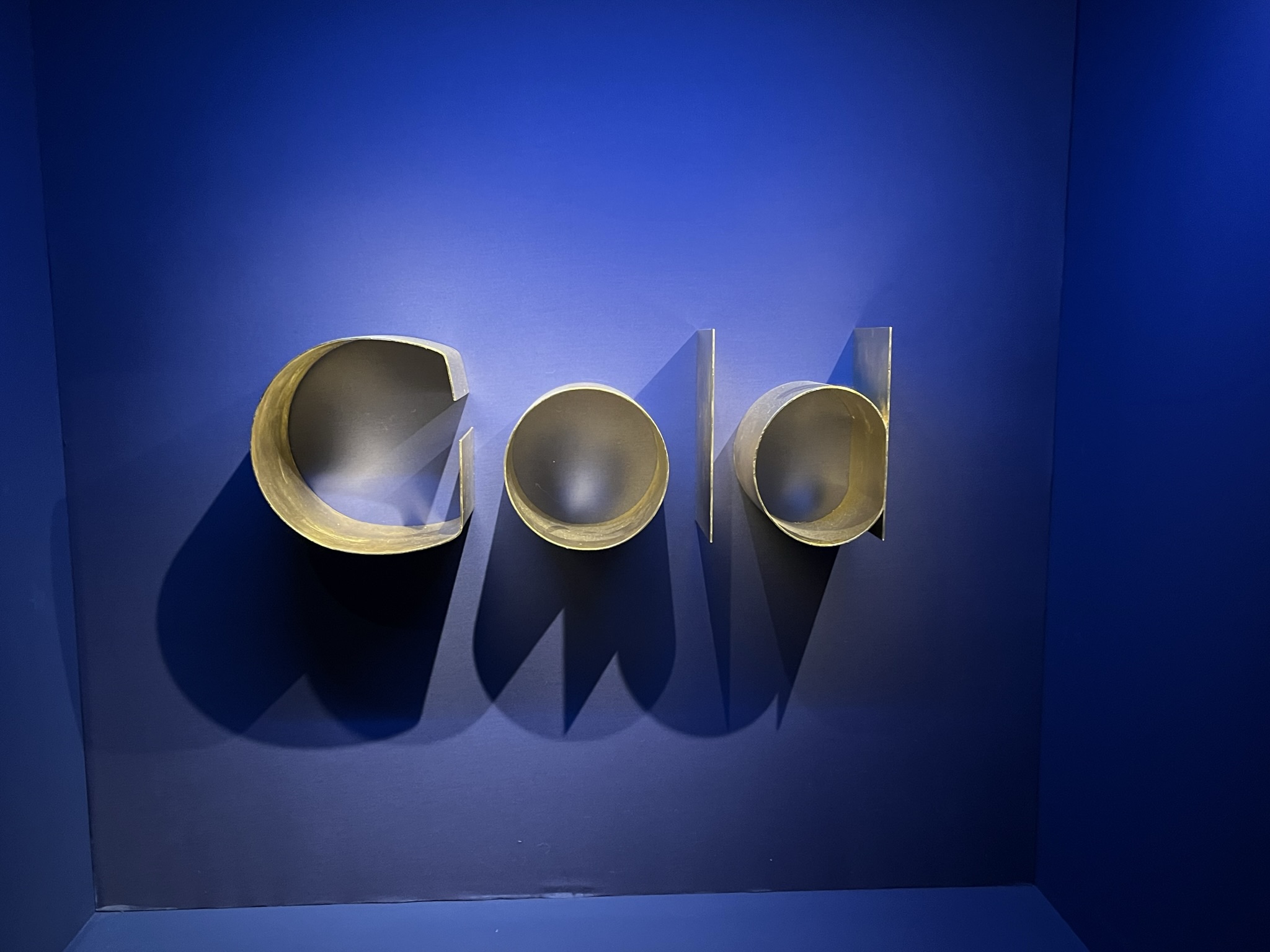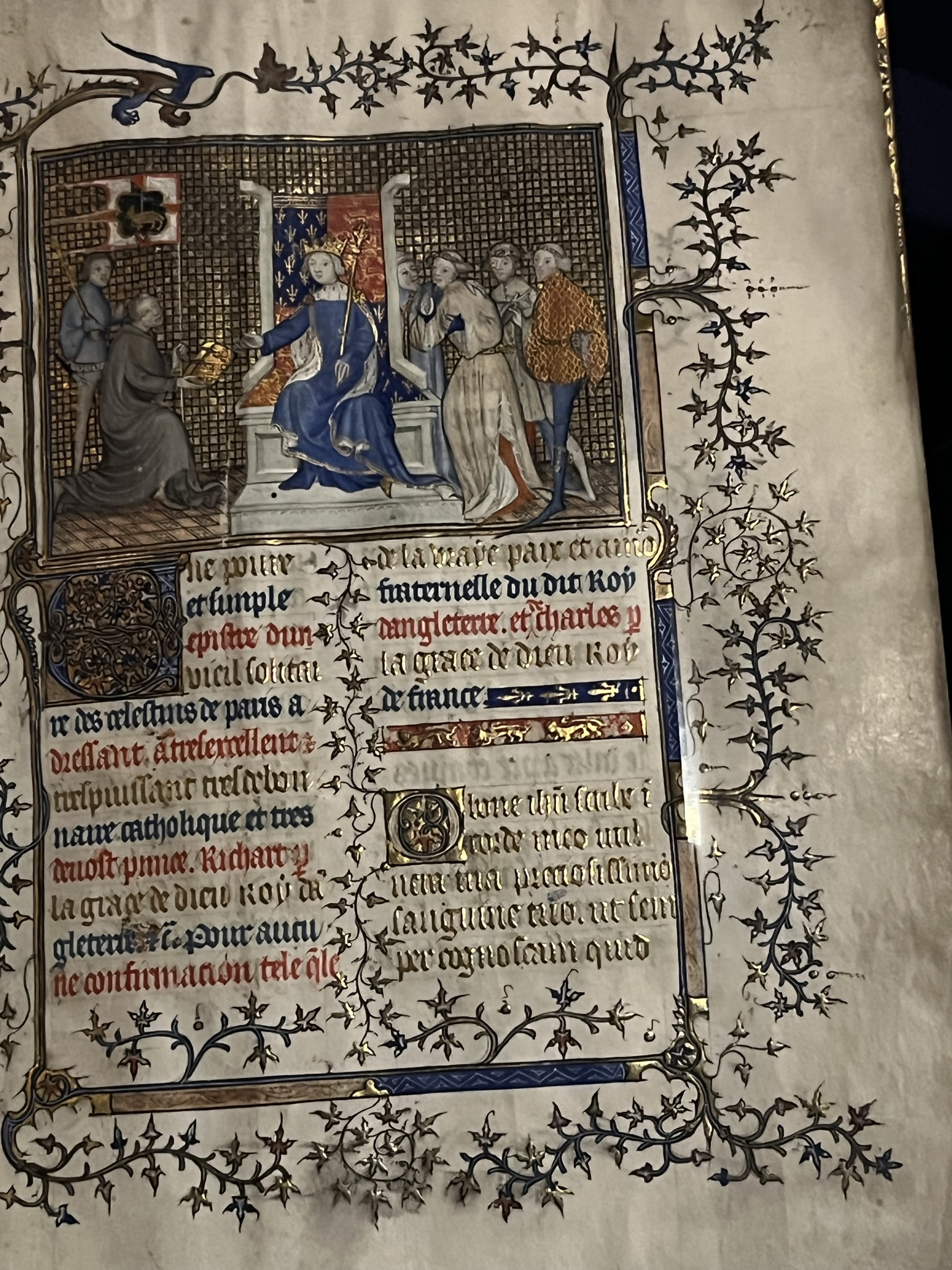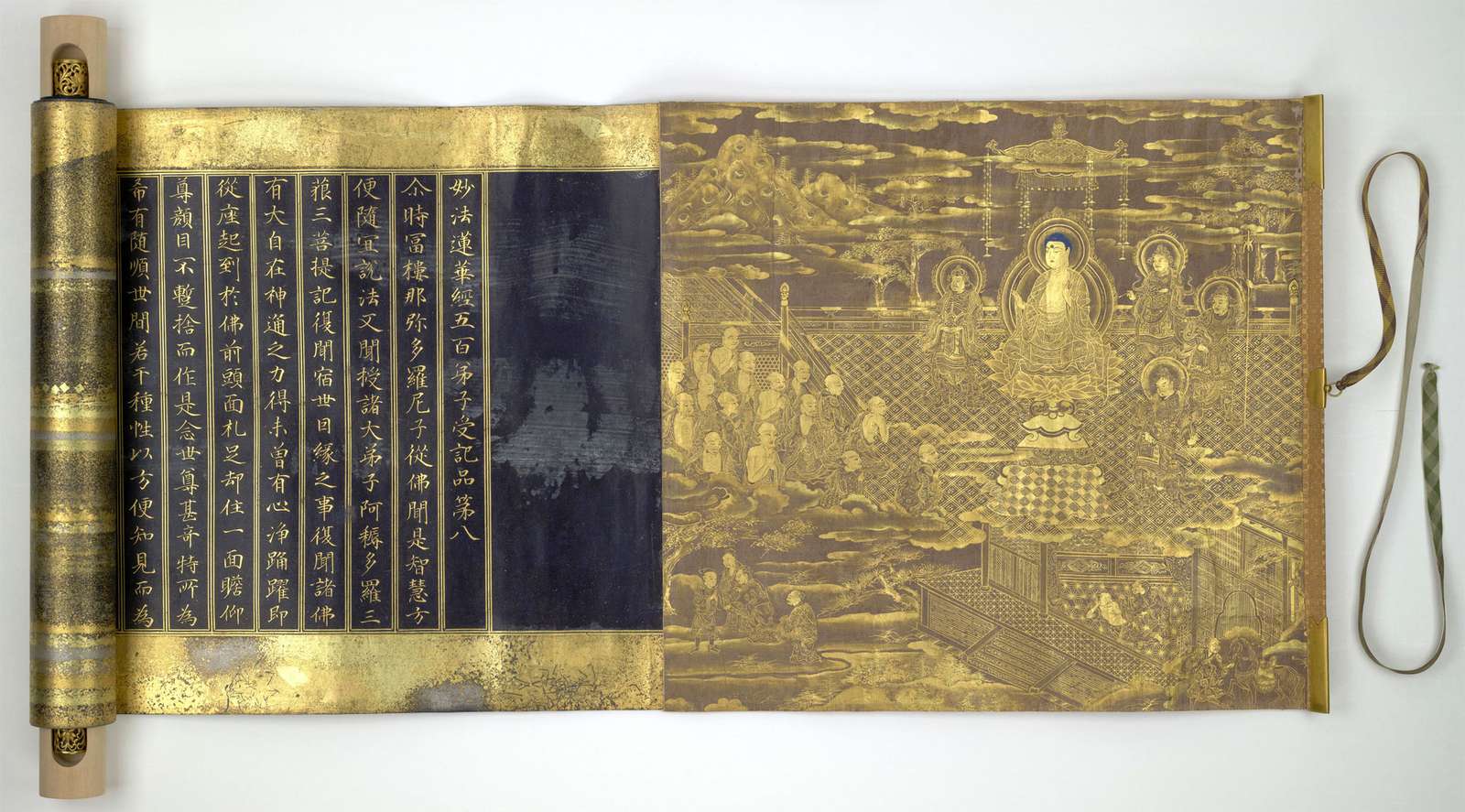
Golden Glyphs- Writing History in Gold

In a world dominated by digital communication, the allure of ancient art forms often gets overlooked. Although gilding has its own allure particularly, I see raised gilding is something that fascinates everyone, but that is just not what we can do with gold.

One such mesmerizing craft is chrysography, the art of writing in gold. From ancient manuscripts to contemporary designs, the shimmering brilliance of gold ink has fascinated people for centuries.
Chrysography finds its roots in ancient civilizations where gold held immense cultural and symbolic significance. Dating back to ancient Egypt and Mesopotamia, scribes adorned sacred texts and royal decrees with gold ink, elevating the written word to something extraordinary. In medieval Europe, illuminated manuscripts adorned with intricate golden letters became treasures cherished by kings and scholars alike. The Renaissance era witnessed a revival of chrysography, with artists like Leonardo da Vinci experimenting with gold ink in their masterpieces.


My love for gilding took me to the British Library located in London in the year 2022, where I witnessed an extraordinary exhibition called ‘Gold’ exhibiting 50 breathtaking manuscripts from around the world.
I was utterly awestruck! Firstly, witnessing how these ancient artifacts have endured the test of time, allowing us to behold their magnificence today. The sheer beauty and precision with which they were crafted from gold in an era devoid of modern tools and technologies is truly remarkable. Secondly, exploring the diverse uses of gold across different cultures and regions and the artistic representations associated with it offers profound insights into all that we see around us today.
Crafting gold ink requires a meticulous process involving suspending gold particles in a binding agent like gum Arabic or egg yolk, creating a luminous solution fit for writing. Since Gold has long symbolized wealth, power, and divinity across cultures. Using gold ink not only enhanced the aesthetics of manuscripts but also conveyed the importance and prestige of the written content.

gold & silver ink
Some of the most exquisite examples of chrysography come from royal manuscripts, where skilled artisans painstakingly applied gold leaf or ink to parchment, resulting in breathtakingly beautiful texts. Sharing with you all some of the unimaginable that I witnessed at the exhibit!
While traditional chrysography persists, modern advancements have expanded its applications. Today, gold ink finds its way into luxury packaging, fine art, and even contemporary calligraphy, blending the ancient charm with contemporary aesthetics and requirements.
Chrysography may seem like a relic of the past, but its allure remains as captivating as ever. So, the next time you see something written in gold, reflect on its intricate craftsmanship and storied past, deepening your appreciation.




